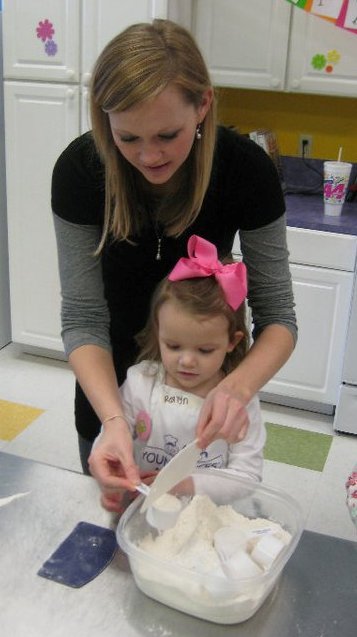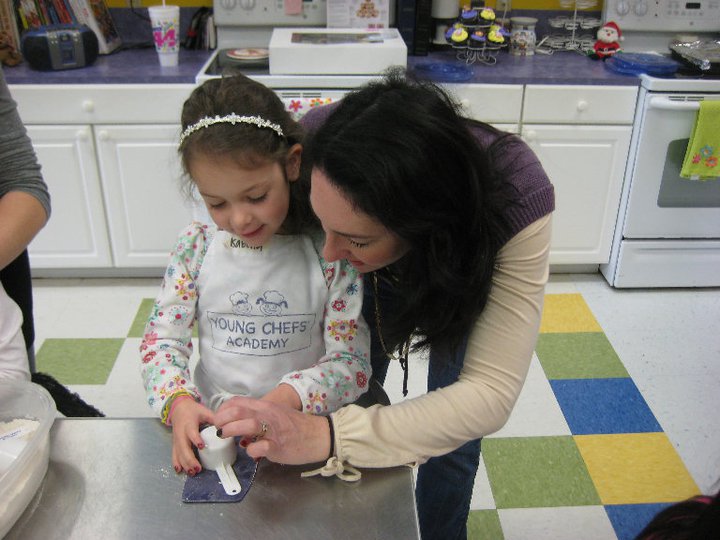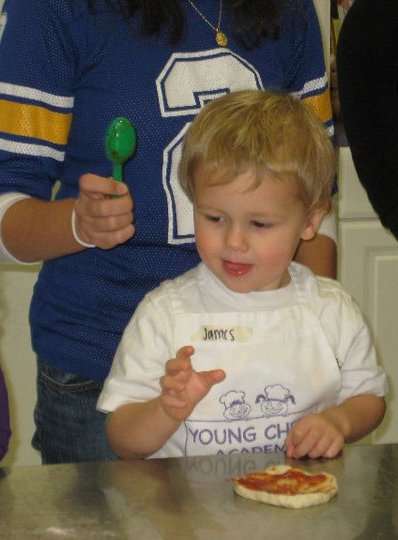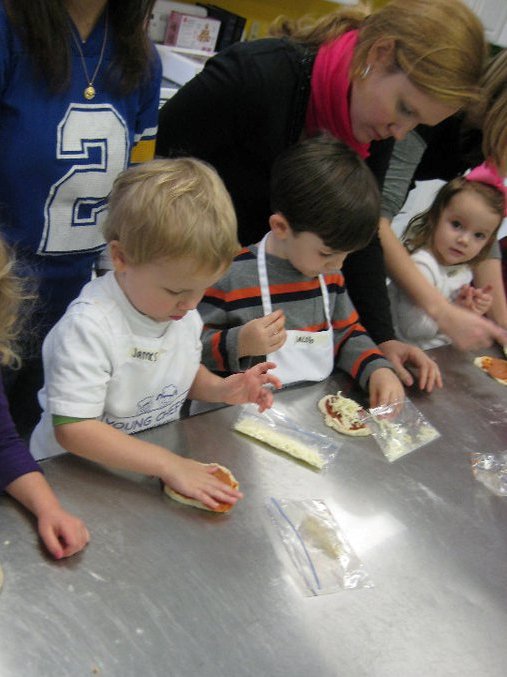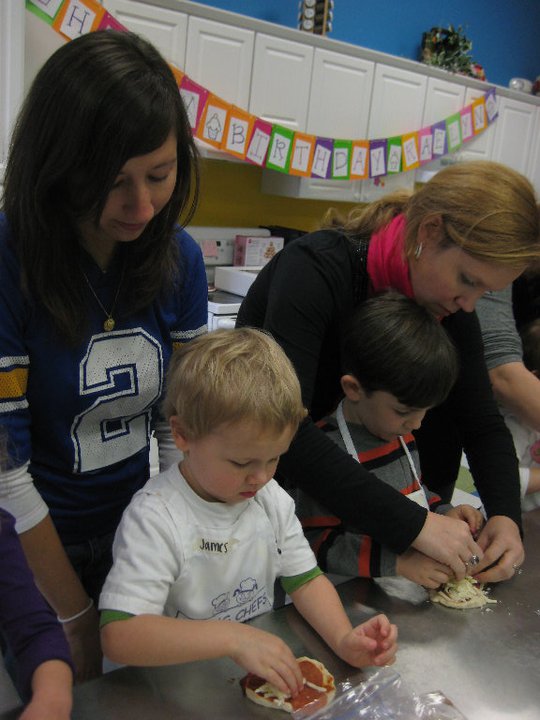Today is a simple challenge to encourage you to be intentional about the writing process. One of the first things I do for children to teach writing skills is to make a journal. I have made writing templates for you so that all you have to do is print them and 3-whole punch them: click HERE to get them.
Every day date the top right of the page and brainstorm a topic to draw and write about. I usually pick something that applies to our plans for the day or a reflection of what we did the night before. Otherwise, I come up with something writing about a favorite candy or food, etc.
Then let your little one draw a picture free of any critiques or suggestions. You can always give ideas if your little one is stumped but you dont want to squash their creative juices. Then, guide your little one (dont dictate!) about how he/she will write: start all the way on the left side so you have room to write, write until you reach the end of the line and then start at the beginning of the next line. Talk about spacing, height of the letters, and other print concepts, but DONT overwhelm or overteach. Just give them tips and guidance (maybe just one new tip a day. You will be surprised at their understandings over time. Help them sound out words, but when you start dont focus on proper spelling, focus on the sounds they are actually hearing in the words.
If your little one asks: “So it that right?” Answer “Those are all the sounds you can hear in the word”
Later on you can show them the way that the word “looks in a book” by writing it out, but encourage them to sound out and write JUST the sounds they hear at first.



